I Should Take These Cabinets Out, Right?
Robert Brown
last year
last modified: last year
Featured Answer
Sort by:Oldest
Comments (38)
Robert Brown
last yearRobert Brown
last yearRelated Professionals
Greensboro Kitchen & Bathroom Designers · Cocoa Beach Kitchen & Bathroom Remodelers · Vashon Kitchen & Bathroom Remodelers · Foster City Cabinets & Cabinetry · Kaneohe Cabinets & Cabinetry · Mesquite Kitchen & Bathroom Remodelers · West Freehold Cabinets & Cabinetry · Milford Mill Cabinets & Cabinetry · Oneida Kitchen & Bathroom Designers · United States Kitchen & Bathroom Designers · Maplewood Furniture & Accessories · The Crossings General Contractors · Annandale General Contractors · North New Hyde Park General Contractors · Port Washington General Contractorskaseki
last yearRobert Brown
last yearlast modified: last yearRobert Brown
last yearkaseki
last yearRobert Brown
last yearkaseki
last yearRobert Brown
last yearkaseki
last yearLorraine Leroux
last yearlast modified: last yearRobert Brown
last yearci_lantro
last yearRobert Brown
last yearJ C
last yearRobert Brown
last yearkaseki
last year3onthetree
last yearBuehl
last yearlast modified: last yearRobert Brown
last yearRobert Brown
last yearkaseki
last yearRobert Brown
last yearlast modified: last yearkaseki
last yearRobert Brown
last yearlast modified: last yearRobert Brown
last yearkaseki
last yearlast modified: last yearRobert Brown
last yearkaseki
last yearRobert Brown
last yearkaseki
last yeardan1888
last yearRobert Brown
last yearlast modified: last yearkaseki
last yearRobert Brown
last yearlast modified: last yearRobert Brown
last year
Related Stories
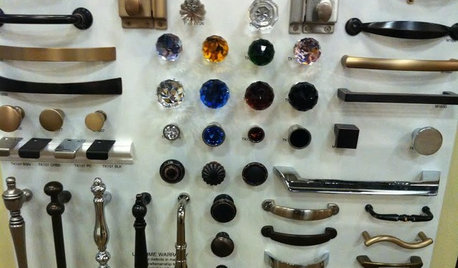
KITCHEN DESIGNGet a Grip on Kitchen Cabinets With the Right Knobs and Pulls
Here's how to pair the right style, type and finish of cabinet hardware with your kitchen style
Full Story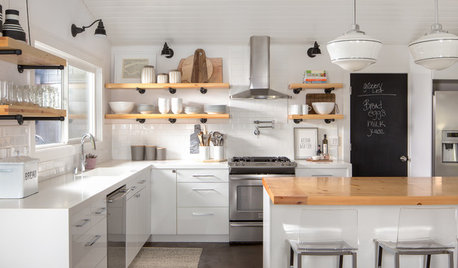
KITCHEN CABINETSWhy I Combined Open Shelves and Cabinets in My Kitchen Remodel
A designer and her builder husband opt for two styles of storage. She offers advice, how-tos and cost info
Full Story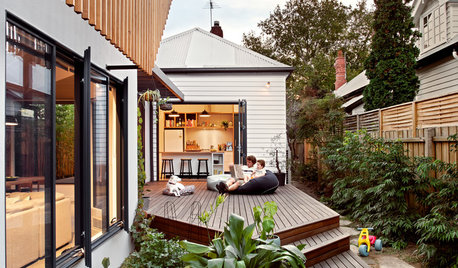
KITCHEN DESIGN10 Walk-Out Kitchens That Get the Indoor-Outdoor Connection Right
Opening the kitchen to the yard can enhance your lifestyle no matter where you live
Full Story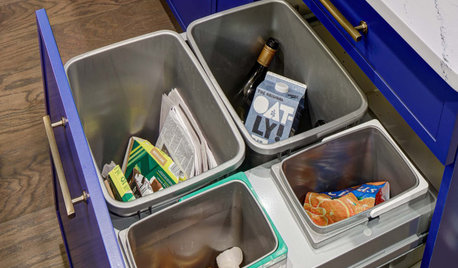
KITCHEN STORAGEHow to Get Your Pullout Waste and Recycling Cabinets Right
Personalize your kitchen waste storage with the best bin configuration and pullout system
Full Story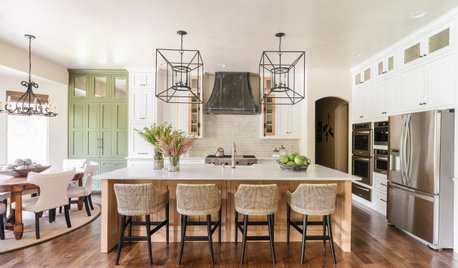
TRENDING NOW10 Home Design Trends Taking Off Right Now
See the latest colors, materials and other features pros say homeowners are wanting in their homes
Full Story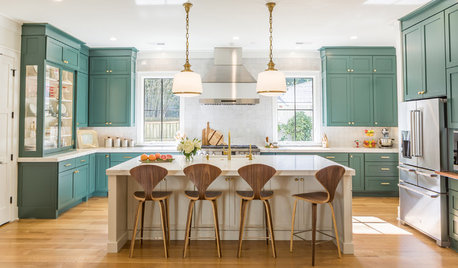
MOST POPULARIs This the Year Blue and Green Kitchen Cabinets Edge Out White?
Neutrals still dominate cabinet color. But some of the most popular recent kitchens on Houzz tell a different story
Full Story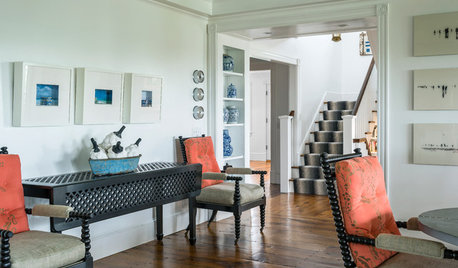
TRADITIONAL ARCHITECTUREHouzz Tour: Taking ‘Ye Olde’ Out of a Nantucket Shingle-Style Home
Vintage and modern pieces mix it up in a vacation house reconfigured to host casual gatherings of family and friends
Full Story
HOUZZ PRODUCT NEWS10 Home Design Trends Taking Off Right Now
See the latest colors, materials and other features pros say homeowners are wanting in their homes
Full Story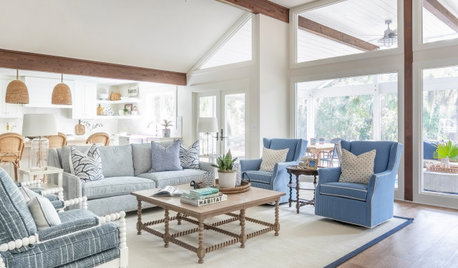
TRENDING NOW5 Big-Picture Home Design Trends Taking Off Right Now
A look at Houzz search data reveals emerging trends that signal what’s ahead for home remodeling and decorating
Full Story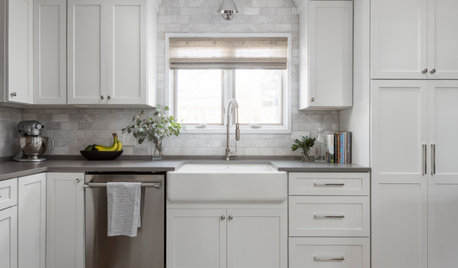
KITCHEN DESIGNPros Share Kitchen Cabinet Hardware Finishes They Love Right Now
Brushed metal, leather, knurled and acrylic pulls are among the cabinet hardware finishes making a splash in kitchens
Full StoryMore Discussions






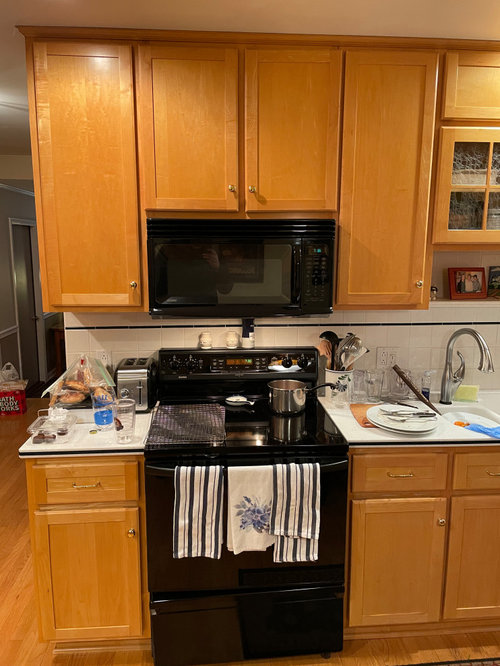
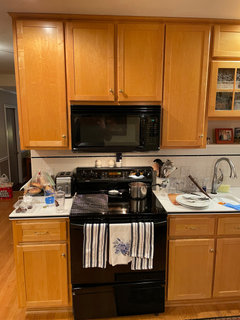
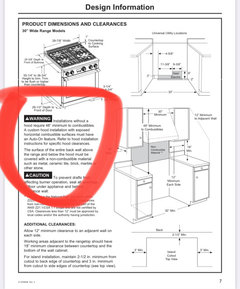
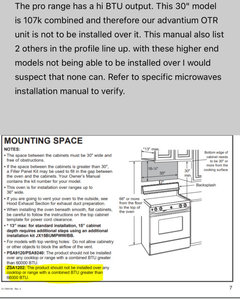
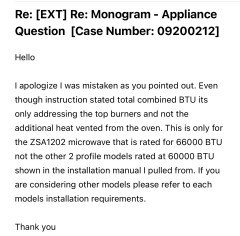
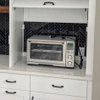
kaseki